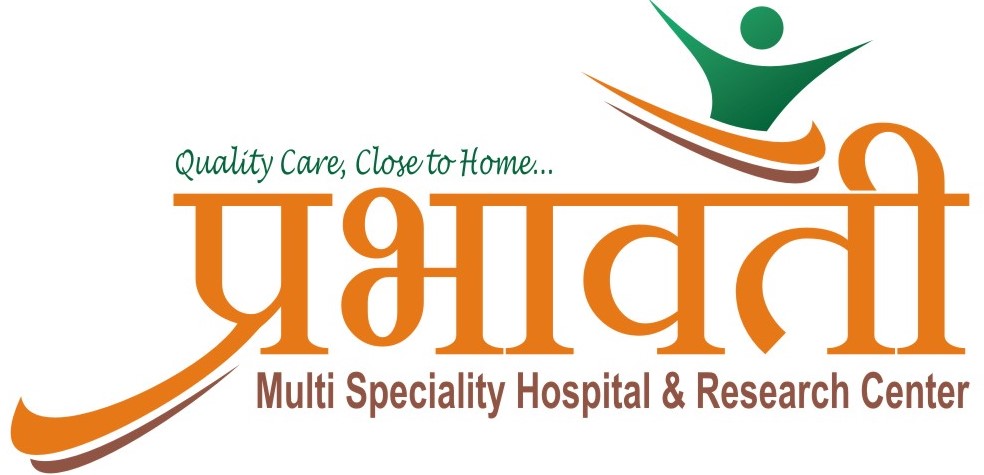Osteoporosis is a health issue that makes bones weak and easy to break. It affects millions of people worldwide, silently working away without early symptoms. It’s vital to know about osteoporosis because bone fractures can seriously affect life quality. Knowing its signs and solutions can help you prevent it from becoming a major concern. Awareness plays a crucial role, and more folks need to learn about this condition. Understanding it better can lead to improved prevention strategies, making an enormous impact on public health.
Decoding Osteoporosis: What You Need to Know
Bones are like a bank; you deposit calcium through your diet. Your body also removes calcium to use in other parts. Bones keep doing this in a process called bone remodeling. They replace old tissue with new. In osteoporosis, bones lose more calcium than they gain, making them less dense and more fragile. This condition doesn’t show obvious symptoms early on, so bones get weaker without you knowing. It’s like termites quietly eating away at a house. Catch it early to keep your bones strong and prevent fractures, keeping you steady on your feet.
Identifying the Risk Factors for Osteoporosis
Several factors can increase the chance of developing osteoporosis:
- Age: As you age, bones naturally become thinner.
- Gender: Women are more likely to get osteoporosis.
- Genetic predisposition: A family history can increase risk.
- Lifestyle: Eating foods lacking in calcium and vitamin D or not exercising enough weakens bones.
- Smoking and alcohol: Smoking and drinking too much can rob your bones of strength.
- Medical conditions: Diseases like rheumatoid arthritis and some medications can contribute to bone loss.
- Dietary Habits: Lack of bone-strengthening foods in your diet can weaken bones.
Understanding these risk factors can help you take steps towards prevention. A few lifestyle changes can make a big difference in keeping your bones healthy.
Spotting Early Signs and Symptoms of Osteoporosis
Osteoporosis doesn’t always shout out its arrival. Sometimes, small signs can sneak in:
- Receding gums: Bones support teeth, so weak bones can lead to receding gums.
- Grip strength: A weak grip can show weakening bones.
- Back pain and losing height: These can be signs of spine fractures due to weak bones.
Becoming aware of these small signs is crucial. While they might seem subtle, they could be clues that your bones need attention. Consider checking with a doctor if you notice any changes.
The Importance of Early Detection and Diagnosis
Catching osteoporosis early can make a huge difference. Bone density scans, like DXA scans, check how healthy your bones are. These are painless tests that help doctors know if osteoporosis is present. In India, access to such tests is growing, allowing more people to get diagnosed early. Early detection means managing the condition better, reducing the chance of fractures, and maintaining a high quality of life.
Proactive Prevention Strategies for Osteoporosis
Preventing osteoporosis involves making several easy changes:
- Consume Adequate Calcium and Vitamin D: Include bone-strengthening foods like dairy products, leafy greens, and fish in your meals.
- Engage in Weight-Bearing Exercises: Activities like walking, jogging, and yoga help make bones strong.
- Maintain a Healthy Lifestyle: Avoid smoking and limit alcohol intake.
Embrace these steps early to enhance bone health and lower the risk of osteoporosis. Prevention is a lifelong habit, and it’s never too late to start.
Exploring Treatment Options for Managing Osteoporosis
Once diagnosed, several treatment routes can be considered:
- Medications: Doctor-prescribed medicines can help slow down or stop bone loss.
- Lifestyle Changes: Incorporating bone-strengthening foods and exercise into your routine is essential.
- Fall Prevention: Simple steps like removing tripping hazards at home can prevent accidents.
Managing osteoporosis requires a combination of medical and lifestyle approaches. Stay committed to these and keep fractures at bay.
Harnessing Nutrition: The Role of Diet in Combating Osteoporosis
A balanced, osteoporosis healthy diet plays a vital role in strengthening bones. Here’s how you can incorporate nutrition to combat this condition:
- Bone-Strengthening Foods: India has abundant foods rich in calcium and vitamin D, like paneer, lentils, and fortified cereals.
- Balanced Diet: Ensure your meals have all essential nutrients needed for healthy bones.
- Correct Dietary Myths: Sometimes, certain foods are mistakenly blamed for bone loss. Understanding nutritional truths can prevent such misconceptions.
A well-rounded diet is a powerful tool in fighting osteoporosis. Choose variety and quality in your food for the best results.
Conclusion: Prioritizing Bone Health Today
Osteoporosis may often go unnoticed, but its message is unmistakable: take care of your bone health today. By being aware of the risks and adopting preventive measures, you can make informed decisions. Focus on balanced nutrition, consistent exercise, and regular health check-ups. These actions will help you build stronger bones and a more resilient spine for years to come. Start now, and your future self will appreciate the effort.
For expert care and guidance on bone health, visit Prabhavati Multispecialty Hospital today. Let us help you take the right steps toward a stronger, healthier future.

